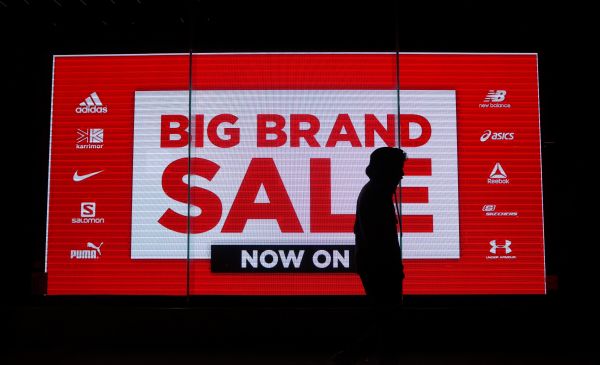Branding Strategy Insider helps marketing oriented leaders and professionals like you build strong brands. BSI readers know, we regularly answer questions from marketers everywhere. Today we hear from Jack, a Marketer in Dubai, United Arab Emirates who asks…
Hi Brad and Derrick, I am a regular reader of Branding Strategy Insider and find the resource very useful. I was a strategic planner for a multinational communication agency for the past 7 years, and have now shifted to a TV network where I am currently leading brand strategy.
Part of my current job here is a bit different from being a planner for a communication agency. Part of my job here is to assist in developing brand identities for our different companies, specifically TV channels. This entails putting together a tonality strategy (which for a strategic planner would be within a brief) that sits on its own and is almost a separate brief in itself. Color strategy is another thing that I might need to get involved in (what colors work for a specific target audience and why).
My question is the following: Are there any specific methods/briefs/formals/books/courses to take/training that you know of that might be of help in setting a tonality strategy for brands (specifically TV stations as tone and personality affect the viewer greatly). I have come across very little in this regards while searching the web. Any help would be greatly appreciated.
Jack, thank you for this very interesting question. I refer to what you are trying to determine as brand voice and visual style. Tonality is another way of articulating brand voice. When we conduct brand positioning workshops for clients, two of the elements in the workshops that address this are brand archetype and brand personality. We help the brand managers select a primary and a secondary brand archetype and between seven and twelve brand personality attributes. Possible brand archetypes include the pioneer, the sage, the artist and the wizard. Possible personality attributes include trustworthy, agile, collaborative, rugged, wholesome and confident. We explore 57 common personality attributes and 22 common archetypes in this analysis. We consider these in conjunction with client-, brand- or category-specific attributes and archetypes.
Another way to think about this is by asking the question, “Who is the ideal spokesperson for this brand?,” followed by the question, “And why is this person the ideal spokesperson?” Think of real people who epitomize the brand and its personality.
A final note on your question: you can get consumer reactions to various brand voices and visual styles through qualitative or quantitative research. In the research, you would present them with different brand voices and visual styles and monitor or measure their reactions to each. Key to the success of this process is to present these different brand voices and visual styles to the right target markets, which requires at least an informed guess on who the most likely markets are for the brand or brands in question.
I hope this helps. Stay tuned, other BSI readers may have additional suggestions for you.
Have a question related to branding? Just Ask…
The Blake Project Can Help: The Brand Positioning Workshop
Branding Strategy Insider is a service of The Blake Project: A strategic brand consultancy specializing in Brand Research, Brand Strategy, Brand Licensing and Brand Education





One comment
Alastair Herbert
November 9, 2010 at 12:13 pm
I believe we’re the only people analyzing brand language using quantative methods. The big plus is that management get verbal ID benchmarked. So hopefully we can contribute to your discussion on the verbal ID side, at least.
We measure tone of voice (ToV) as if we’re listening to a person talking. But whereas we have very high levels of certainty measuring brand agendas (what you’re saying) ToV (how you’re saying it) is much more subtle. In short, we back your belief that personifying the tone is a good technique.
Another is to explore the use of metaphor. How those delivering the brand talk about themselves is fertile ground for answering your contributor’s questions. We do this by getting the team to generate and explore verbal, visual or 3D metaphors for their brand. In many ways similar to your technique of archetyping. The big advantage is that there’s no need to build buy-in to what’s essentially an externally developed tone. Because it’s internally generated there’s immediate take up and enthusiasm to deliver.
The next issue is how to deliver the vocabulary that reinforces the desired tone. And how do you monitor it? One method is to think about what you DON’T want to sound like. Difference and similarity are very close concepts. So understanding your antithesis often highlights what you want to be like. And it’s much easier to track down and monitor language you’ve said you want to avoid.
I hope this is useful to you.
Comments are closed.